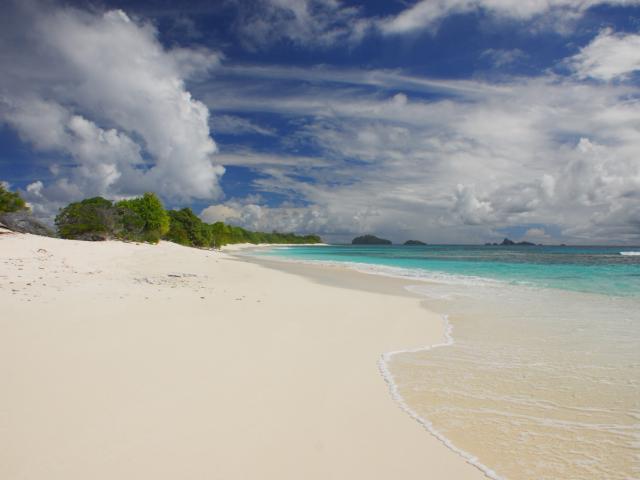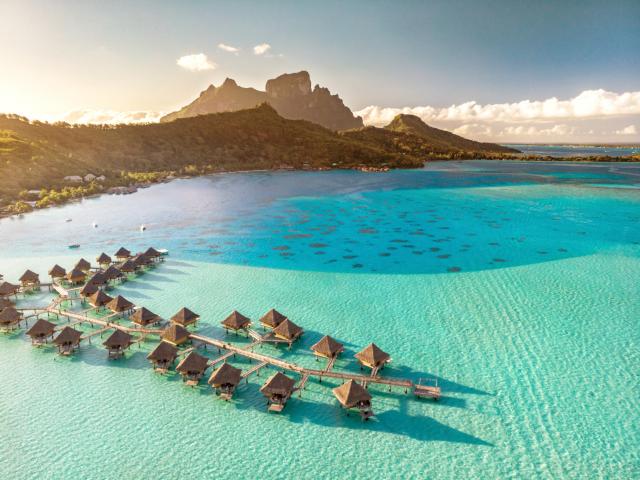A galaxy of 76 atolls
To fulfill your dreamsA Mecca divers and a host of heavenly beaches, the Tuamotu Islands are a unique experience. A vast and magnificent archipelago, from the dive sites of Rangiroa and the biosphere reserve at Fakarava, to the primeval forest on Ahe and the pito (belly button) at Mataiva. On Manihi, you’ll discover the origins of the Tahitian pearl and on every atoll you’ll find the ‘white gold’ that comes from the fruit of the coconut trees. The passes are a dream for surfers, while seafarers who venture to Apataki will drop anchor in an unspoilt atoll about as far from the madding crowd as you can hope to get.















